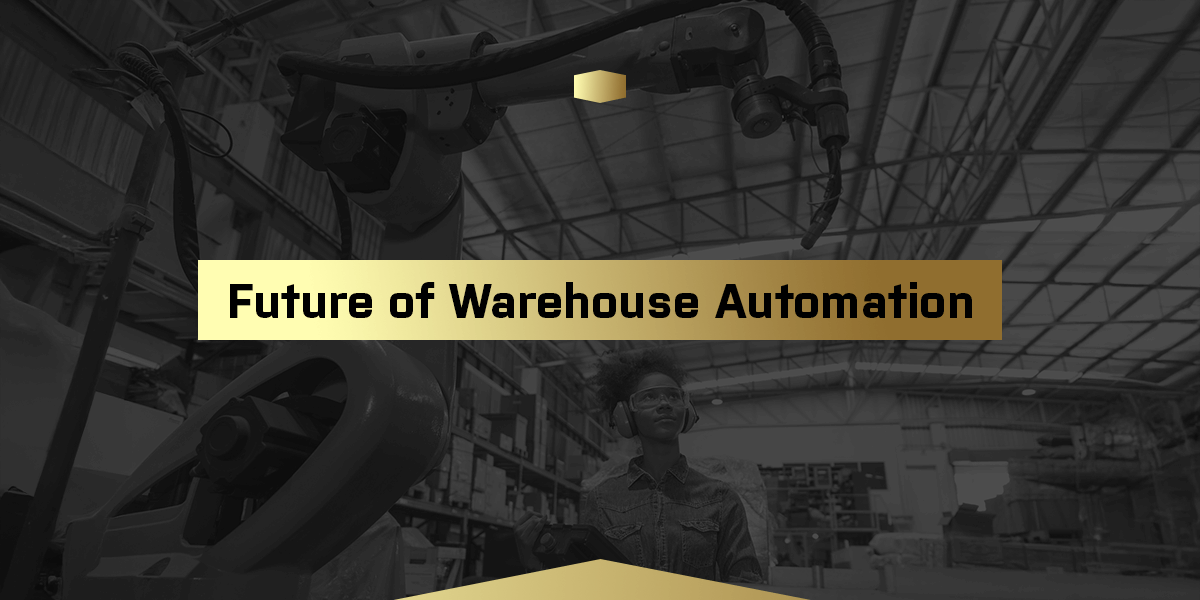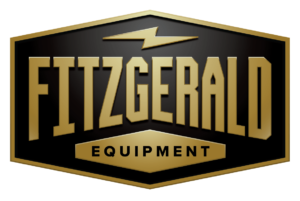
Advanced technologies like artificial intelligence (AI) and automated systems are sweeping across industries. The warehousing industry is just one of many facing pressure to digitize processes, eliminate repetitive tasks and streamline efficiency. Several incredible technologies are promising to change operations for the better.
Of course, understanding what’s available and which technologies will most impact your operations is key for implementing a lasting change that supports your business initiatives. We’ll discuss warehouse automation, including the top trends on the rise and how to find the right business solution.
What Are Automated Warehouse Systems?
Warehouse automation refers to processes that reduce or eliminate manual labor requirements or repetitive tasks. Automated warehouse systems often drive inventory movement into, throughout and outside of the facility.
Automation technology can help warehouses streamline material handling, promote precise data management, streamline order fulfillment, accurately track inventory and more. Leveraging the right automated solutions allows businesses to experience benefits like:
- Fewer errors: A significant advantage of automation is reducing manual errors. Advanced technologies leverage algorithms and presets to ensure task accuracy every time. Warehouses can rely on automation to improve pick-and-pack operations, verify shipping information and overall reduce the decisions employees must make, leading to higher accuracy.
- Improved inventory management: Inventory management systems enhance inventory visibility across locations. Warehouses can use this technology to evaluate inventory levels, secure the supply chain, prevent goods shortages and adapt to market changes quickly.
- Reduced operational costs: The initial investment in automation can seem daunting, but these solutions can bring drastic long-term savings. Along with reducing manual labor costs and easing administrative strain, automation can optimize product handling, minimize errors and enhance storage efforts. Solving these pain points enables businesses to prevent material mishandling, avoid product loss and reduce risks associated with uninformed decision-making.
- Enhanced decision-making: Many automated solutions offer real-time visibility into market conditions, inventory levels and related information that drives efficient decision-making. Warehouses can use forecasting solutions to scale inventories to anticipate demand while minimizing the likelihood of material shortages or excess. Warehouses can also leverage solutions to evaluate supply chain stability, vendor agreements and more to promote business resiliency.
Growing Warehouse Automation Trends
While most people are quick to think of robots as prime examples of automation, for many warehouses, automation is a matter of implementing new software solutions. Consider these rising automation trends:
- Machine learning and AI: AI has become an efficiency driver by empowering teams to enhance operational agility and improve decision-making. Some experts estimate nearly 40% of those in the industry already employ AI to drive efficiency, and more are likely to join over the next few years.
- Radio-frequency identification (RFID) tracking: RFID tracking enhances inventory and logistics visibility. This technology employs radio frequency identification to track items in real time. Generally, barcode scanners capture material information before shipping, reducing manual errors, streamlining data entry and allowing warehouses to track product movement throughout the shipping process.
- Automated storage and retrieval: These systems optimize warehouse space utilization and enable faster fulfillment. Some systems leverage unit load cranes or carousels, while others implement computerized controls or robotic arms.
- Warehouse software: Warehouse management systems (WMS) are powerful tools for identifying operational bottlenecks, accessing real-time insights and more. A robust WMS can offer predictive maintenance insights, expedite problem resolution processes and allow you to test scenarios before implementing changes to determine areas for improvement.
- Autonomous vehicles: Automated warehouse robots can transform operations by self-navigating through facilities and transporting goods. Advanced vehicles can adapt to changing facility layouts, work alongside humans and optimize material flows to enhance overall productivity.
- Automation-as-a-Service (AaaS): AaaS allows warehouses to invest in advanced solutions through leasing models or subscription-based pricing. This solution enables businesses of all sizes to implement modern solutions while minimizing capital investments. AaaS also promotes businesses to scale automation as necessary, as markets shift and demands change throughout the year.
- Warehouse drones: Another recent trend is the use of warehouse drones to scan facility inventory. While workers require several hours, if not days, to evaluate inventory, drones can complete the same operations in a fraction of the time. Reducing manual management time frees up your team for more critical tasks while ensuring you still access the vital insights you need on the shelves.
Choosing the Right Automated Warehouse Solutions
Automated solutions are only beneficial if you find the right ones to aid your operations. Follow these tips for identifying where you could most benefit from automation:
- Assess your current environment: Any change you make should begin by assessing your current conditions. You must identify existing inefficiencies, error-prone operations or costly tasks that ultimately harm your business. These pain points will guide you to find specific solutions that meet your needs while promoting cost-efficiency and enhancing productivity.
- Consider layout and design: Warehouse size and configuration can impact your choice of automated solutions. For example, narrow walkways may prevent you from investing in some autonomous vehicles. Determine whether you can adjust your layout and how your desired solutions will fit into your existing environment.
- Implementation requirements: To an extent, any type of solution you implement will take some getting used to. However, it’s important to understand the specific implementation requirements of a solution. You should consider initial costs, whether you must invest in additional technologies, space requirements and necessary training to ensure efficient solution usage.
- Unique solution capabilities: It’s also critical to consider how a specific solution can impact your business. For example, you may decide to invest in a WMS, but every provider will offer unique insights and benefits. You must evaluate elements like solution scalability, ease of use and integration capabilities to ensure short- and long-term success.
Implementing Automated Warehouse Technologies
Beyond choosing a suitable solution, you must determine how to implement new technologies and ensure workers understand their capabilities to maximize your investment. It’s important to address facility resistance by fostering collaboration, creating change management programs and investing in training.
Collaboration across departments will be crucial for aligning solutions to goals across your business. You should discuss solutions and upcoming changes with employees, vendors and stakeholders. Express how your solution will enhance productivity and whether you have any expectations for teams as you move ahead.
Employee training will also be crucial for promoting productive solution use. Your team needs the skills and knowledge to work alongside automation, adjust controls as necessary and engage in meaningful tasks with confidence. Offer training programs and encourage ongoing learning. Address employee questions and concerns and allow employee feedback to inform your decision-making.
Promote Warehouse Optimization With Fitzgerald Equipment Company
A huge driver for automation is the need for increased productivity. Warehouse automation is going to grow stronger over the next few years, and your ability to adapt and embrace innovative technologies will likely impact your market resiliency.
While you navigate this automated landscape, it can be beneficial to consider current processes you can improve, like material handling. That’s where we come in.
Fitzgerald Equipment Company has more than 60 years of experience in material handling equipment. Our equipment selection offers the reliability and efficiency you need to improve warehousing operations. Contact our material handling experts for more information.




